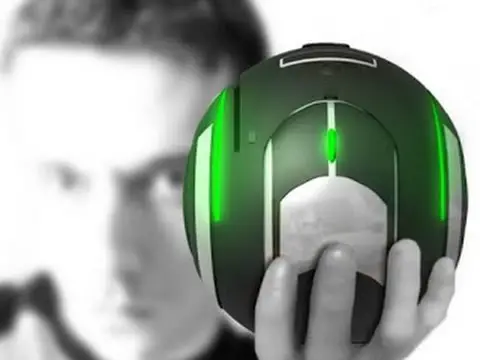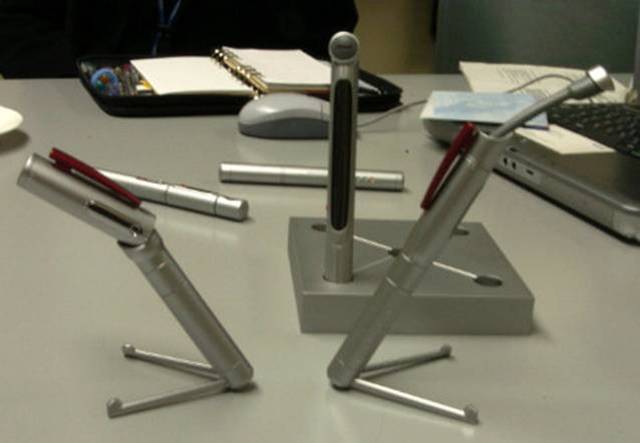Brain Fingerprinting Technology – A Comprehensive Guide
Brain Fingerprinting is a type of computer-based technology that uses EEG (electroencephalography) for identifying the specific information in a subject’s brain. It is designed to determine the suspect’s electrical brain wave responses to words, phrases, or pictures shown on a computer screen.
This technology was developed and founded by DR. Lawrence Farwell, one of the greatest inventors of all time. He is a Harvard Graduate and former Harvard research associate. Moreover, he conducted the brain fingerprinting technology reasearch at the FBI, US Navy, and CIA.
The technology is popularly known as “Farwell Brain Fingerprinting” technology. Besides, the accuracy of technology was considered to be 100 percent when Dr. Farwell proved a suspect as innocent and found the guilty one in a court case.
The Emergence of Brain Fingerprinting
As discussed above, Dr. Lawrence Farwell researched the technology at various government centers of the United States. Besides, he focused on researching consciousness in human life. He came out with the evolution of technology by studying and analyzing the relationship between matter and consciousness.
He did this with the help of his command on neuroscience and quantum physics. Also, his sole purpose was to identify the real criminals behind the actual crime. And guess what he proved it by applying this brain fingerprinting technology in one of the court cases.
Furthermore, to test the accuracy of brain fingerprinting, it has been tested hundreds of time in the laboratory and real-life cases.
Working of Brain Fingerprinting Technology
The technology works based on electrical brain wave signals inside a human brain. With the help of brain fingerprinting, these brain wave signals get recorded and matched with the pre-executed scene. If the waves are triggered and positive, it means the person or suspect has seen the crime scene before.
Let’s see the complete process of how it works:
 Firstly, the brain fingerprints get measured with the help of EEG P300-Mermer. P300 is a type of specific brain response of the person who has relevant information about the crime scene suspected in the past.
Firstly, the brain fingerprints get measured with the help of EEG P300-Mermer. P300 is a type of specific brain response of the person who has relevant information about the crime scene suspected in the past.
Mermer is a device along with headgear that is to be fit on the head of the suspect. It releases memory and encoding related EEG response. Moving ahead, see the steps below of the working process.
- The suspect makes to see the picture, phrase, or word related to the incident which is already present inside the brain. By doing this, it activates the counterparts of the suspect’s brain.
- As the suspect sees the picture/word, the brain will trigger neurons which generates the brainwave P300.
- After developing of brainwave P300, electric potentials start accumulating inside Mermer. This Mermer, along with the headgear, is fitted with electrodes on the scalp of the suspect.
- The combination of both Mermer and P300 on the scalp of the suspect now start measuring the brain waves. Also, it generates analog signals which are further sent to the EEG amplifier.
- As and when analog signals got transferred to the EEG amplifier, one can study the data using a computer program. After investigating, the result can be found to be guilty or not.
So, this is how brain fingerprinting technology works in a way to identify the suspect’s brain and investigate with accurate results.
How Are Brain Fingerprints Identified Accurately?
There’s a well-developed mechanism to identify the lie of any suspect. Dr. Farwell considers three different types of stimulus to present in front of the suspect. Naturally, a suspect is tested against three different kinds of information representing three different colors of lines, i.e., red, green, and blue.
First, let’s have a look at different types of stimulus.
Probes
This type of stimuli or information is related to any life experience. Also, the incentives can be relevant to the investigated event in which the suspect has taken the game.
Targets
This type of stimulus has a goal in advance, which means these can be relevant information which creates a baseline for investigation. In this, the suspect pushes a button to the known image or word.
Irrelevant
It is the information relevant to the crime which suspect does not know.
Now, how this information helps in identifying the guilt? The question arises. The different color of lines is used to determine the stimuli as well as the sin.
Red: The red line means the suspect is expected to know about the crime, and the red color line arises of targets stimulus.
Green: The green line explains that the information is not known to the suspect. The green line arises because of an irrelevant stimulus.
Blue: This line arises when the suspect only knows about the information, and probes brainwaves are responsible for it.

The entire brain fingerprinting system is in control by the computer. The computer controls the complete system and identifies the brain fingerprints of different suspects. Besides, humans also need to be accurate while collecting information from the crime scene. Moreover, the computer does the operation in all precise ways.
Phases of Brain Fingerprinting Technology
- First, Crime Scene Evidence Collection – Collection of all the shreds of evidence from the crime scene.
- Second, Brain Evidence Collection – Collection of all the information related to the crime from the suspect’s brain.
- Third, Computer Evidence Analysis – After collecting all the brain evidence, a computerized analysis on the brain fingerprints is made.
- Fourth, Scientific Result – To determine if the person is guilty or not.
Final Words
Brain Fingerprint technology is considered to be the most effective (than lie detector test) way to identify a person with guilt or crime. It is useful in a way that it can measure the brain fingerprints and identify the electric signals which are relevant to the guilt or not. Moreover, it is one of the most innovative ways to give justice to the right criminals and slaughtering out their crime.






